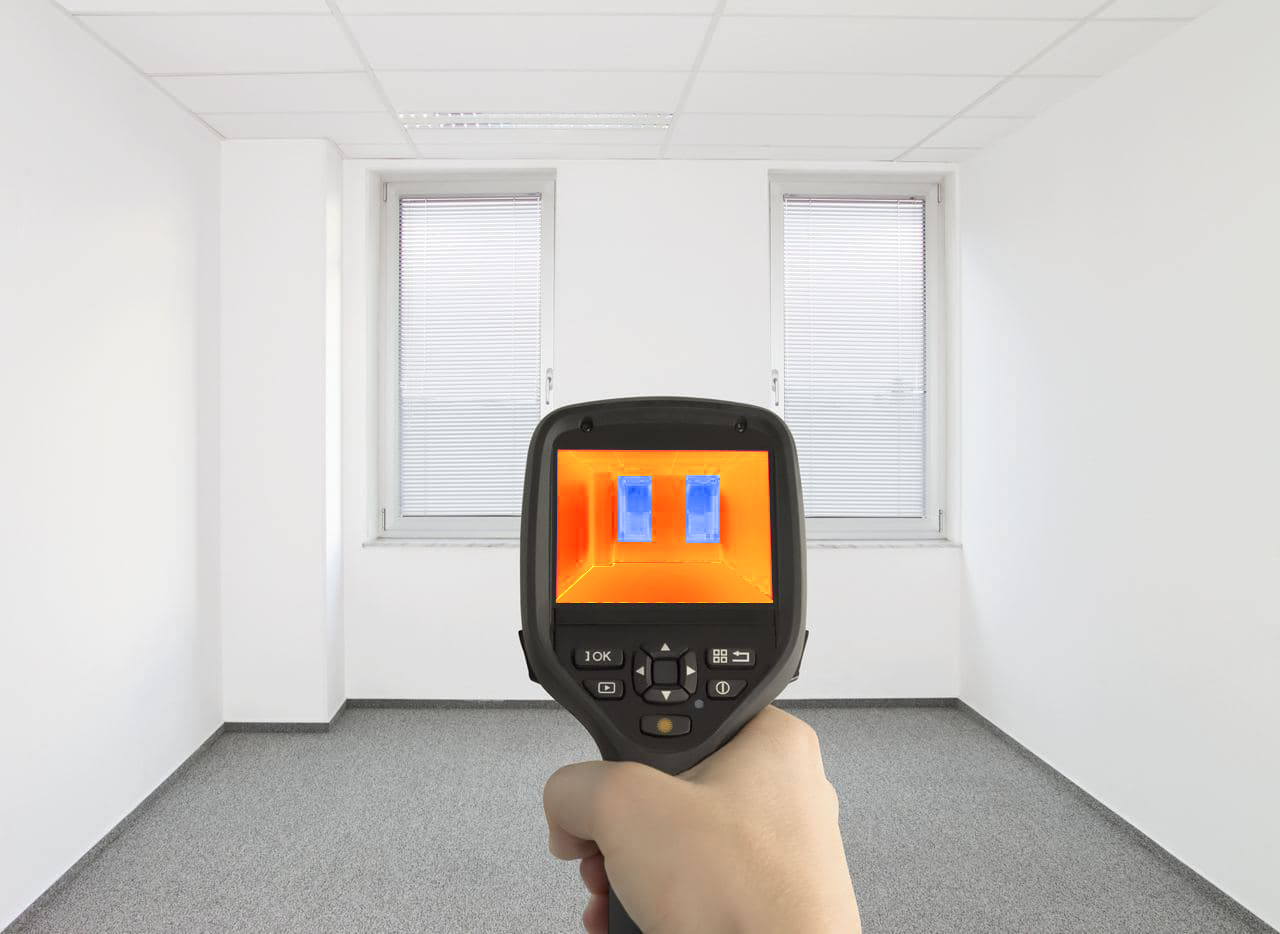
- The use of graphene nanotubes increases productivity of conductive paints and improves their performance compared to standard conductive additives.
- The working concentration of graphene nanotubes can be 50 times less than the dosage of graphite powder to reach the required level of electrical conductivity for generating heat.
- Paint with graphene nanotubes can be heated up to 40 °C in a few minutes.
- Nanotube solutions have already passed the development and testing stages and entered the commercial market, proving their cost-efficiency.
Increased productivity and improved performance of conductive heating paint were achieved by replacing standard conductive carbon additives, whose working concentration was about 25% of the total compound weight, with 0.5% graphene nanotubes from OCSiAl. The innovative paint is applied to walls or panels through ultra-thin coating layer. Copper electrodes supply a current of 12–24 volts, which is enough to heat the paint up to 40 °C, but at the same time is safe for human contact. Then the surface is covered with a standard paint. The specific heating temperature is regulated using sensors or manually.
According to Vladimir Kravchenko, Vice-President, Development and Support Leader for Thermoplastics, Thermoset and Construction Materials, OCSiAl: “Conductive additives have been introduced into primers and paints for years, and we can observe some carbon-based solutions on the market. However, in comparison with carbon black, graphite, or metal parts, nanotubes make it possible to obtain a more uniform consistency of paint and do not affect its practical properties. The key for manufacturers is the ability to speed up production and reduce costs, while gaining an improvement in the properties of the final products.”
Graphene nanotube paint and varnish solutions for residential heating have passed the development phase and are entering the market in the form of eco-friendly heating panels and conductive paints. According to OCSiAl partners’ calculations, as an example, applying only 6 square meters of heating paint with nanotubes applied to one wall will be enough to heat a room with an area of 50 square meters.
Powder coatings, heating films, automotive primers, epoxy and polyurethane coatings, linings, various gelcoats—graphene nanotubes are used in almost all types of coatings due to their high electrical conductivity, strength, and unparalleled low working concentration starting in many applications from only 0.02%.
Learn more at tuball.com
